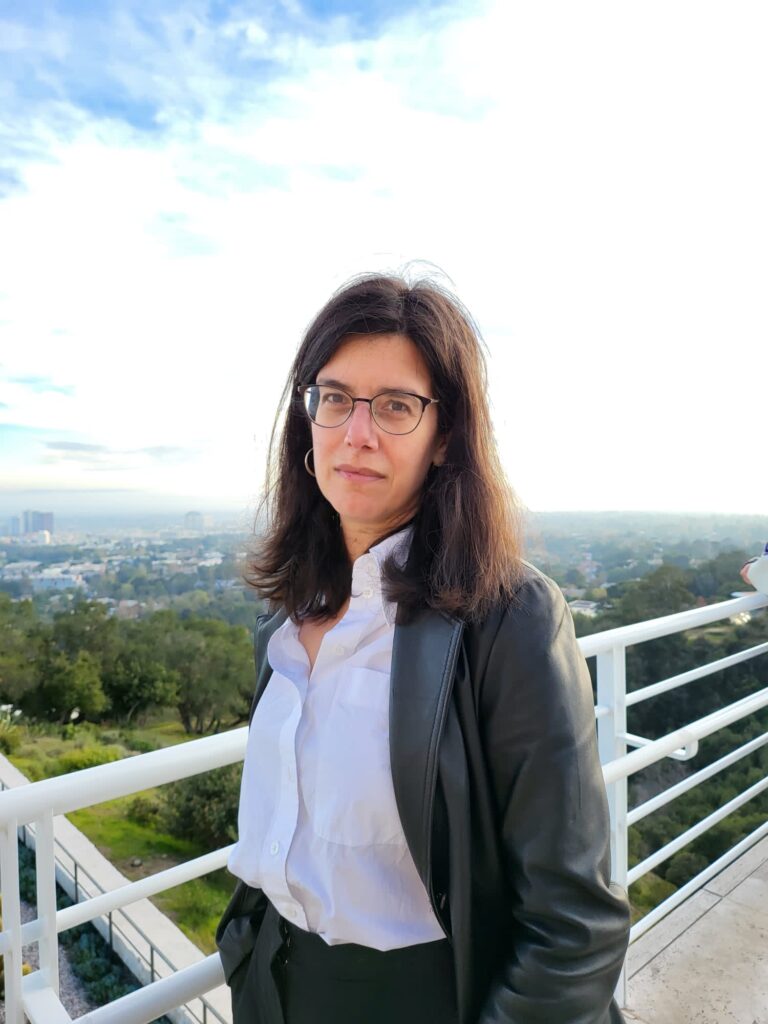Q: Can you tell us about your educational and professional background?
A: I have a Doctor of Veterinary Medicine degree from the Cummings School of Veterinary Medicine at Tufts University with a focus on small animal medicine. Additionally, I trained in veterinary dentistry through the Veterinary Dental Education Online program. My professional journey began as a veterinary technician from 2002 to 2006. I then worked as a veterinarian at the VCA Lancaster Animal Hospital, providing comprehensive care from 2008 to 2015.

Beyond clinical practice, I was also a grief counselor and co-director at the Tufts University Pet Loss Support hotline. Alongside my veterinary career, I have also worked significantly in both the writing and content development fields. I served as the content lead and lead writer for NIH RADx initiatives like MakeMyTestCount.org and WhenToTest.org, providing information on COVID-19 and flu testing. I have also worked in editorial roles with the Wellesley magazine, covering both science and art topics extensively.
Q: How do you ensure that complex scientific topics are accurate and easily understood when communicating them to the public?
A: Science often seems complex because it’s explained using shorthand: scientific jargon specific to the field in question. Converting this jargon into plain language is half the battle. It’s also important to know when text isn’t the best way to convey something because sometimes, an infographic or video might be better. Graphic designers don’t get nearly enough respect or credit; they’re worth their weight in platinum. Scientists are extremely particular about not only what they say, but also about what they don’t say. As a science writer, I avoid catchy phrases that imply more than a paper’s results show. After translating ideas to text, I always step back and reread my work with a critical eye to catch mistakes.
Q: How do you ensure that different audiences with varying levels of scientific knowledge stay engaged with your content?
A: Different audiences have varying expectations for written text. For instance, if you’re writing for a formal audience, it’s important to adopt a formal tone so they take your content seriously. I view my writing from two perspectives: one, as a student, and two, as an elementary and middle school teacher. As a student, I remembered lessons best when my veterinary school professors made me laugh. As a teacher, I’ve learned that connecting with students through understandable and trustworthy language is crucial to gaining their attention and respect. These two perspectives lead me to use humor in my writing whenever appropriate for my audience, ensuring that I’ve pitched my explanations at a level they will both easily understand and respect. For one audience, respect may come from being blunt; for another, it may come from elegant prose. Know your audience and the voice they want to hear.
Q: What emerging trends or technologies are you excited to see within science communication?
A: I enjoy viewing the world of science communication through a theater concept called “yes, and.” It means that when you see something interesting that your scene partner is doing, you add to it instead of shutting them down. I view social media and podcasts as adding to science communication rather than replacing writing. These formats are great and provide scientific information to people who may not have been interested in reading prose, and I look forward to seeing more.
Q: Where can people find your work?
Websites: https://sensitiveandspecific.substack.com/
https://learn.makemytestcount.org/



Leave a Reply